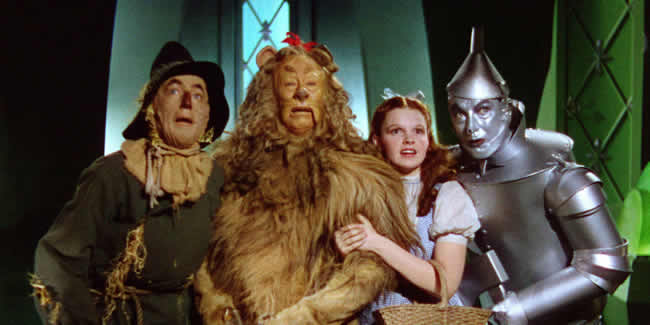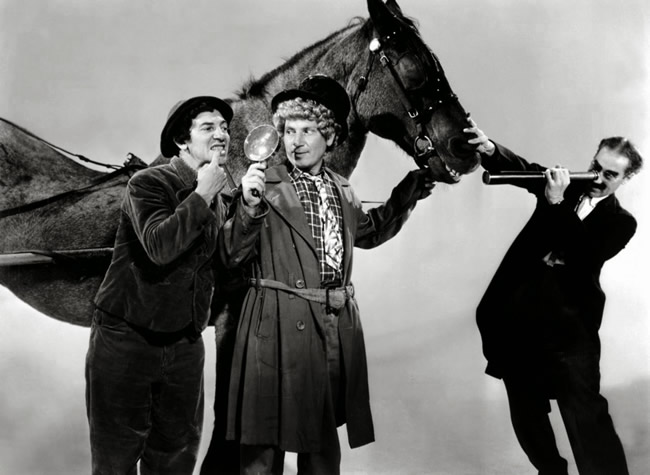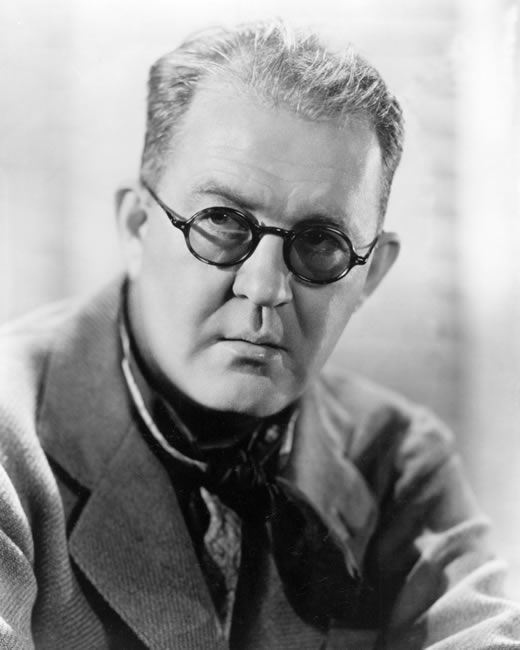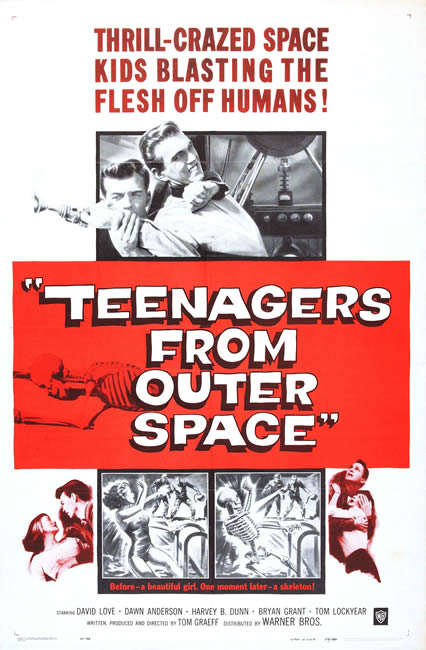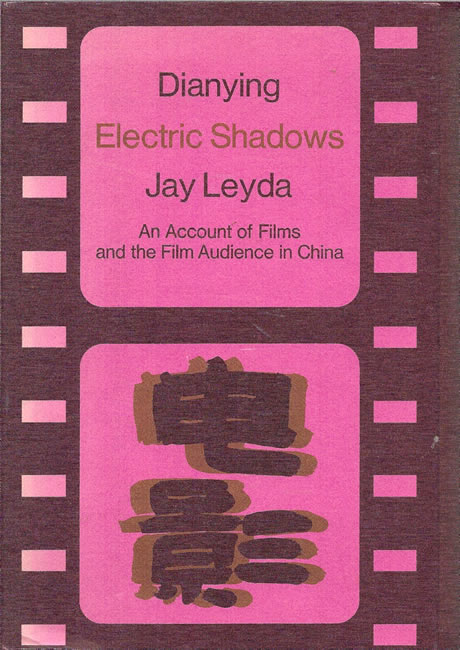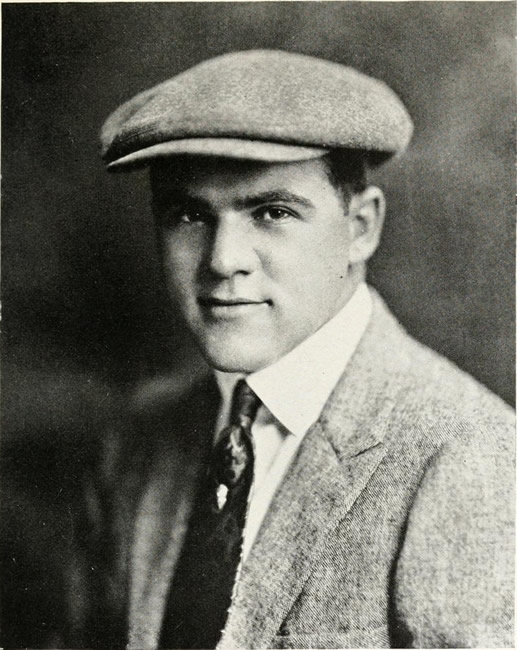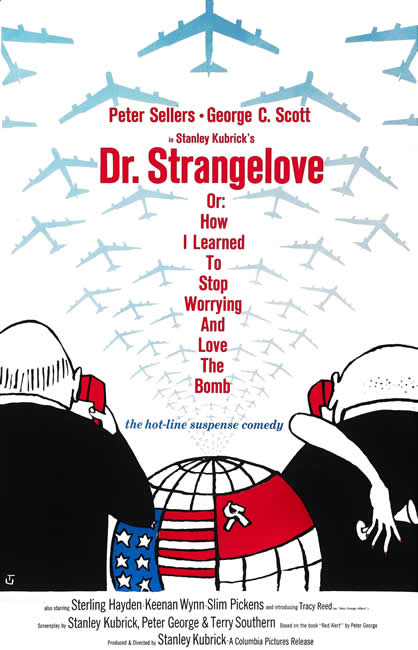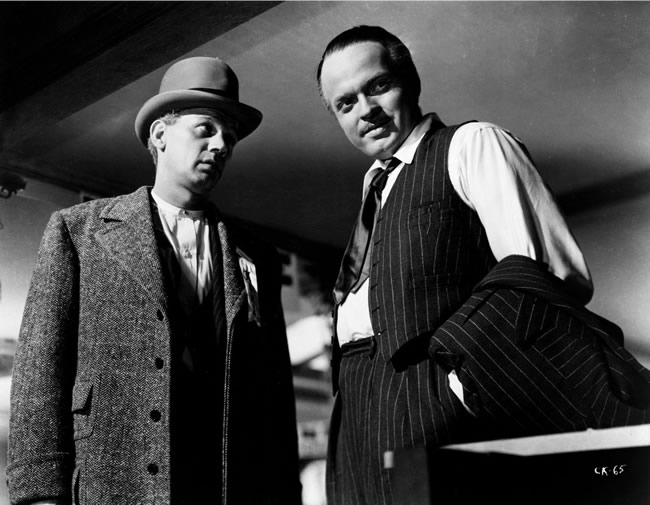
“It is widely believed that Ted Turner had plans to colorize Citizen Kane, but that wide public outcry led to his decision not to. The rumor came from a tongue-in-cheek comment from Turner that he would colorize the film in order to bait critics of the process.
“In actuality, Orson Welles had the rights to the film, and Turner couldn’t have colorized the film even if he had wanted to. Nonetheless, the controversy over the potential alteration of this film was one of the catalysts that eventually led to the film industry requirement that all future video and TV releases of films that have been altered in any way — including the standard conversion from widescreen to ‘pan and scan’ — must carry a disclaimer indicating the film has been ‘modified from its original version.’
“It is also widely believed that when he heard about it, Welles supposedly roared, ‘Tell Ted Turner to keep his crayons away from my movie!’ However, being that he owned the rights to the film, it is highly unlikely that he ever made any such statement.”
— Source: Internet Movie Database
